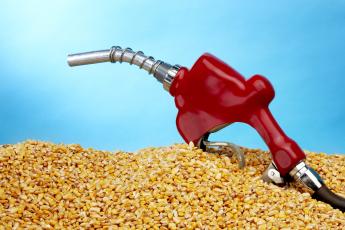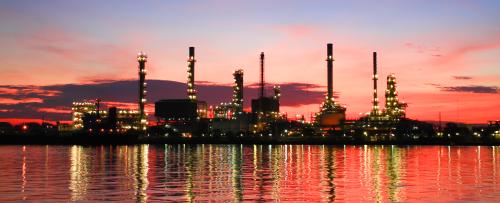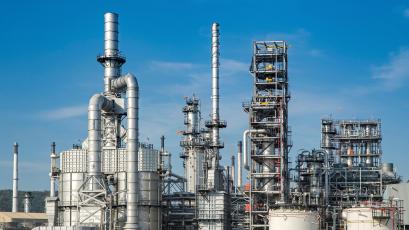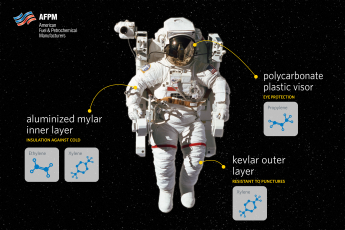RFS costs part II: Would you pay $770 for an extra gallon of corn ethanol?
Pay close attention as we continue diving into Renewable Fuel Standard (RFS) costs, because $770 per gallon is what the Environmental Protection Agency (EPA) is considering having you pay next year for every extra gallon of corn ethanol that might get blended BECAUSE of the RFS.









